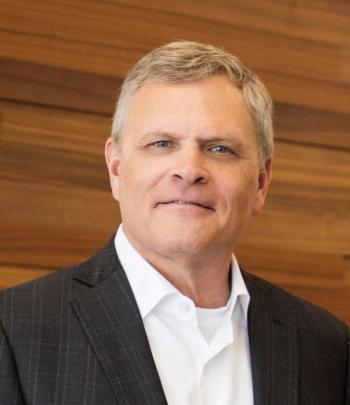
- June 25 2019 edition
- Volume 96
- Issue 12
Understanding the 2019 changes to Medicare’s teaching physician guidelines
The 2019 changes at first glance seem to have minor changes, but if you are supervising residents, the documentation requirements are now higher.
Q: We saw that there are changes to the teaching physician documentation guidelines for 2019. But we aren’t sure exactly what to make of them since they read almost the same as they did before. Can you clarify what the changes mean?
A: At first glance, they do seem to read similarly with, at most, very minor changes.
However, when you are a teaching physician supervising resident(s) on a daily basis, this change can save a good amount of documentation time.
According to MLN Matters MM11171 (effective date of January 1, 2019 and implementation date of July 29, 2019, the policy clarification is in two parts. For the purposes of payment, E/M services billed by teaching physicians require that the medical records must demonstrate:
1) That the teaching physician performed the service or was physically present during the key or critical portions of the service when performed by the resident; and
2) The participation of the teaching physician in the management of the patient.
In addition, the patient medical record must document the extent of the teaching physician’s participation in the review and direction of the services furnished to each beneficiary.
The extent of the teaching physician’s participation may be demonstrated by the notes in the medical records made by physicians, residents, or nurses.
The last sentence is where I think we need to focus. This is because the guidelines previously read, “Documentation by the resident of your presence and participation is not sufficient to establish such presence and participation.”
So what this seems to imply is that Medicare is now allowing the resident or nurse to document the teaching physician’s participation in the visit, which aligns with Centers for Medicare and Medicaid’s (CMSs) less-stringent documentation guidelines for E/M services in general.
Also, the change applies to those visits under the primary care exception in the outpatient setting, which includes the E/M codes listed ibelow.
Remember, the teaching physician guidelines only apply to Medicare patients.
Here is more detail from the CMS Teaching Physicians Fact Sheet, which states (empjhasis added):
“You must be identified as the teaching physician who involves residents in the care of your patients on claims. Claims must comply with requirements in the General Documentation Guidelines and E/M Documentation Guidelines sections.
“Claims must include the GC modifier, “This service has been performed in part by a resident under the direction of a teaching physician,” for each service, unless the service is furnished under the primary care exception.
When the GC modifier is included on a claim, you or another appropriate billing provider are certifying that you complied with these requirements.”
CODES:
New-Patient Visits
99204 99214
Established-Patient Visits
99205 99215
Articles in this issue
over 6 years ago
How to earn money monitoring INR levelsover 6 years ago
How practices can keep patients in the age of consumerismover 6 years ago
Working with patients to manage diabetesover 13 years ago
Can online physician reviews really measure quality of care?Newsletter
Stay informed and empowered with Medical Economics enewsletter, delivering expert insights, financial strategies, practice management tips and technology trends — tailored for today’s physicians.
















